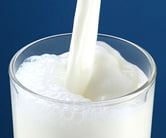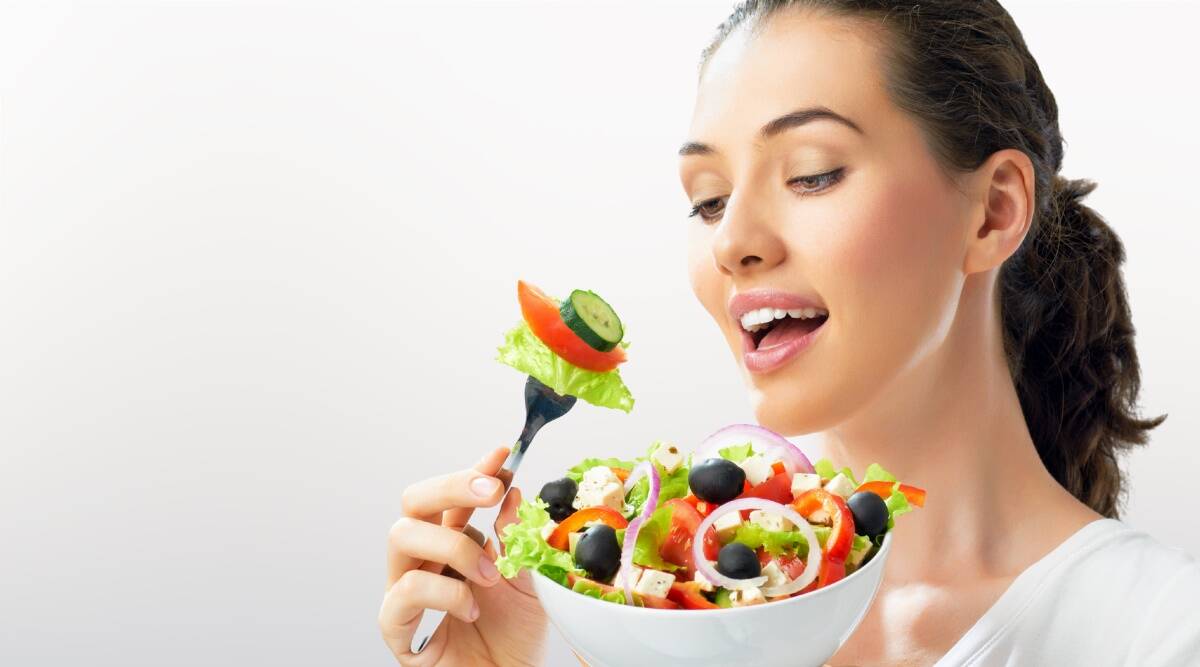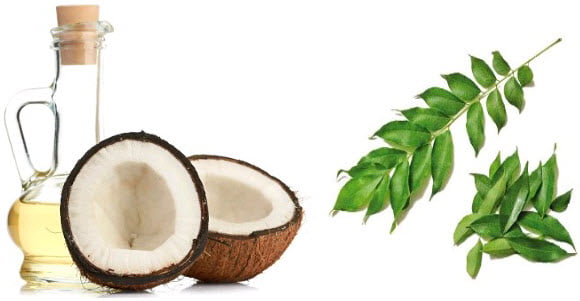
If you’re among Renaissance Periodization’s (RP) 160,000 Instagram followers, you’re familiar with the company’s signature before-and-after photo testimonials. On the left, a bathroom mirror selfie of a reasonably in-shape guy. On the right, 12 weeks later, it’s the same guy in the same bathroom, but now he’s sporting chiseled abs and legs like tree trunks. The hashtag #RPTransformations is the only clue to what happened.
Nick Shaw, one of the company’s founders, credits the pedigree of his staff for the program’s undeniable track record. While Shaw, formerly a personal trainer in New York City, started the company with a fellow trainer, RP employs over a dozen registered dietitians and Ph.D.-level sports nutritionists to create their diet plans and products, which include one-on-one coaching packages, customized diet templates, ebooks on strength training, live seminars, and cookbooks.
According to Shaw, the Renaissance Diet Auto Template, a customized, multi-tabbed Excel workbook priced at $109, is their most popular product. “What we did — and we were pretty much the first people to ever do this — we built a product that scales diet coaching,” he says.
Each customer receives an individualized diet plan tailored to their gender, current weight, and whether their primary goal is to lose fat or gain muscle. All plans start with a two-week “Base” period designed to acclimate the user to the program, which accounts for meals and snacks by macronutrients, or “macros,” a.k.a. carbohydrate, protein, and fat. Depending on the user’s goals, the Base phase is followed by a “Cut” or “Mass” period that adjusts calorie consumption for weight loss or muscle gain. Users choose from an included list of “acceptable foods,” which eliminates trans fats, fast food, and most processed food. Shaw explains that while the Cut and Mass phases are not sustainable, many customers settle into the final “Maintenance” phase, using it as a tool for long-term meal planning.
“When we started off, we were almost strictly working with competitive athletes,” says Shaw. RP now caters to a wider audience, but there’s still an expectation of precision. Beyond portions and macro counting, the diet templates factor in both activity level and nutrient timing. For example, the diet plan for a day that includes a light workout, like a yoga class or 30 minutes on the elliptical, will include fewer calories than the meal plan for two hours of weightlifting and high-intensity interval training. And the time of day the user hits the gym will dictate when they’ll consume the majority of their quick-burning carbohydrates.
For the average guy who’s interested in bringing more structure to his diet, but isn’t quite ready to go all-in on macro counting, Shaw has a few tips:
- Start the day with a vegetable omelet (fill it with broccoli, spinach, or any leftover sides from the night before) and a side of fruit. The carbs in the fruit and vegetables will give you quick-burning energy, while the protein and fat in the eggs will help hold you over until your lunch or pre-workout snack.
- Pre-workout fuel should be high in carbs, but don’t just reach for the nearest sugar-loaded energy bar. Low-fat Greek yogurt with berries is just as carbo-loaded, and it’s far more nutritious.
- We all love a burger now and then, but leaner meats like chicken, turkey, and fish are better daily protein options. They include less saturated fat, a potential contributor to high cholesterol.
- Dining out? Yes, you relinquish some control when you’re not preparing your own meal, but you don’t have to go completely off the rails. Remember that one serving of protein is about the size of your fist, so don’t house half a brick of chicken just because it’s on your plate. Also, whole grains like wild rice, quinoa, and farro are nutritional powerhouses, but if your entrée comes with a refined starch like white rice or pasta, ask if you can sub in a salad or double up on veggies.
[“source-mensjournal”]



















